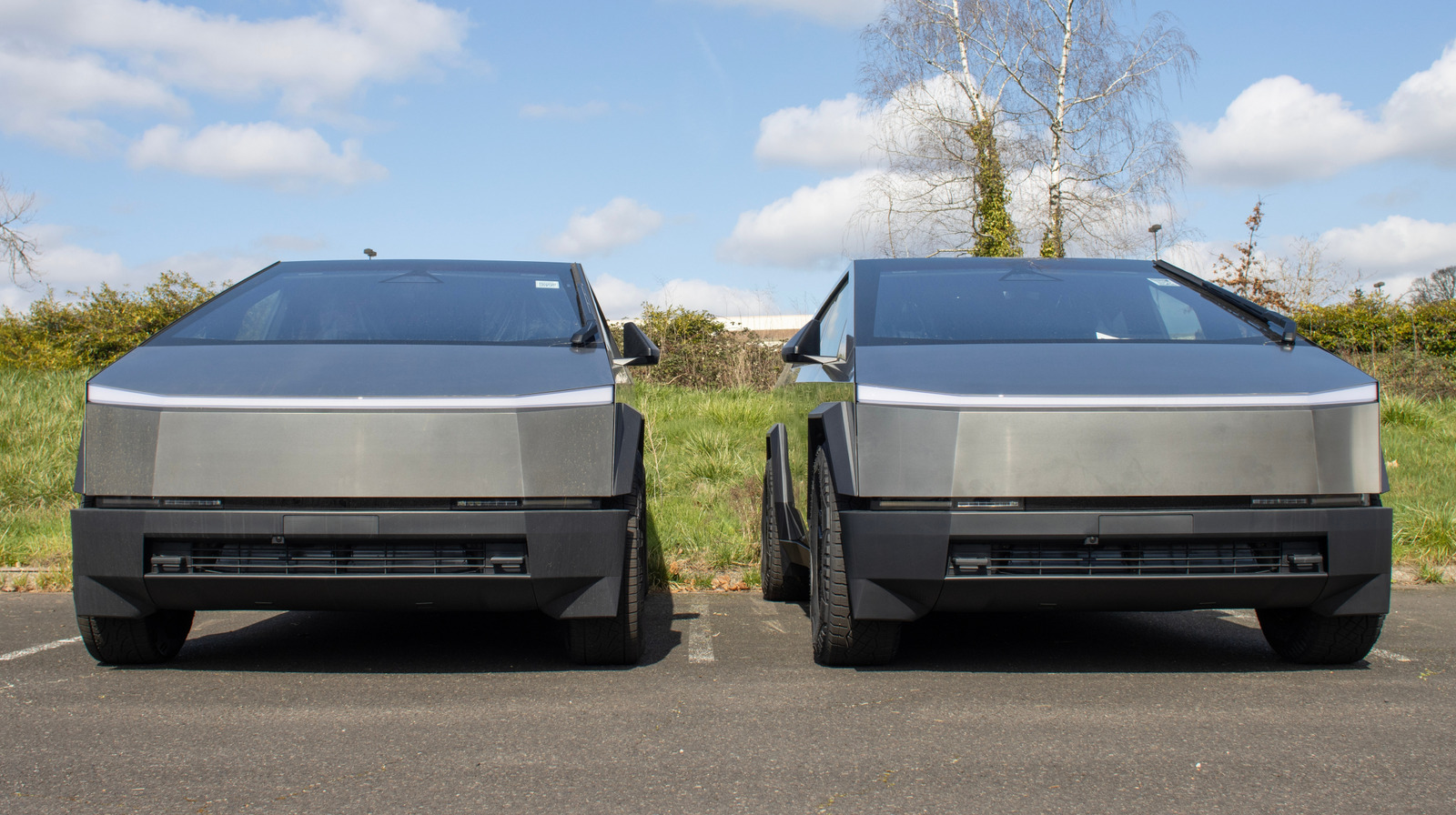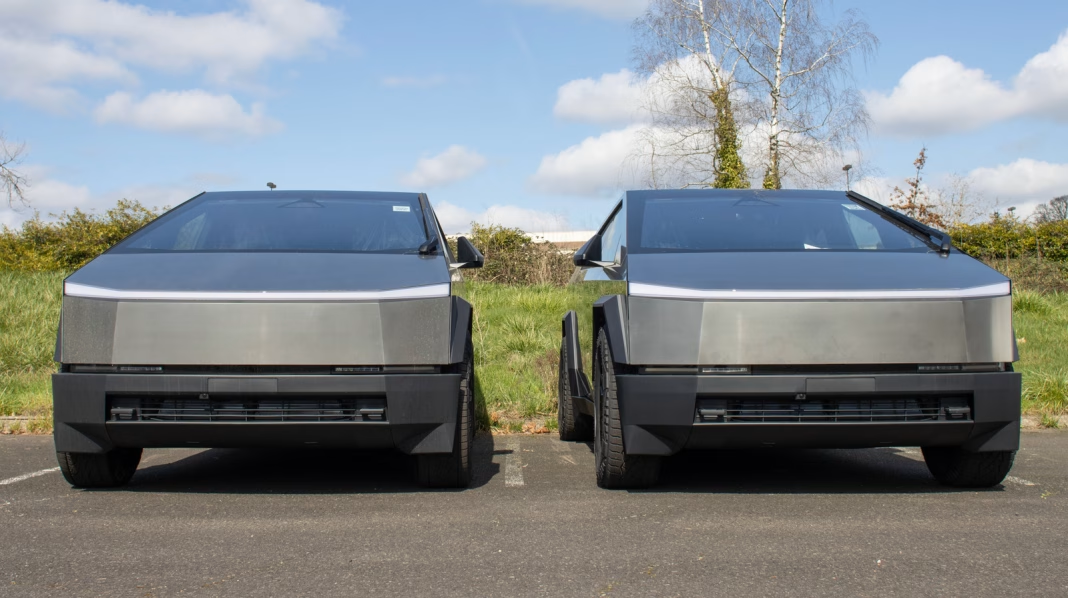Why Is the Air Force Interested in Towable Target Vehicles?
If you’ve ever wondered how the military tests its cutting-edge missile systems, here’s a peek behind the curtain: they need moving targets that can stand up to real firepower. According to recent government contracting documents, the Air Force is actively searching for Towable Target Vehicles. The goal? To use these vehicles as live targets during missile fire testing. It’s not just about blowing things up for fun—these tests are critical for ensuring that missile guidance and targeting systems work flawlessly in real-world scenarios.
What Makes a Good Target Vehicle for Missile Testing?
Not just any vehicle will do when it comes to serving as a missile target. The Air Force requires vehicles that are durable enough to be towed at high speeds, visible to advanced tracking systems, and, ideally, cost-effective. They also need to be somewhat expendable—after all, not every test ends with the target in one piece. Historically, the military has repurposed everything from old trucks to decommissioned armored vehicles. But as technology advances, so do the requirements for these targets. The latest missile systems are designed to lock onto fast-moving, unpredictable objects, so the targets need to mimic real threats as closely as possible.
Could Unconventional Vehicles Like the Tesla Cybertruck Be Used?
You might have seen the viral image of a Tesla Cybertruck being towed behind a military vehicle, sparking speculation about its potential use as a target. While the Air Force hasn’t confirmed any specific models, the idea isn’t as far-fetched as it sounds. The Cybertruck’s unique shape and all-electric drivetrain could make it an interesting candidate for radar and infrared signature testing. Plus, its stainless steel body might offer some resilience against shrapnel, allowing for multiple test runs before total destruction. Still, the main criteria remain practicality and cost—so while the Cybertruck makes for a flashy headline, the Air Force is likely evaluating a range of options, from surplus SUVs to purpose-built target drones.
How Does Live Missile Testing Improve National Security?
Live-fire missile tests are more than just dramatic displays—they’re essential for national defense. By using towable target vehicles, the Air Force can simulate real attack scenarios and fine-tune missile performance. This process helps engineers identify weaknesses, improve guidance algorithms, and ensure that every missile launched in defense of the country hits its mark. According to a 2023 report from the Congressional Research Service, rigorous testing has led to a 15% increase in successful missile intercepts over the past five years. That’s a tangible boost in security, made possible by humble target vehicles rolling across remote test ranges.
What Happens to These Target Vehicles After Testing?
Most towable targets don’t survive repeated missile strikes, but some are designed to be reusable. Vehicles that withstand initial tests are often patched up and sent out again, maximizing the value of each unit. In some cases, the Air Force recycles components or salvages usable parts for future training exercises. It’s a blend of efficiency and practicality—no sense in wasting resources if a vehicle can take another hit or two.
The Big Takeaway? Missile testing isn’t about perfection—it’s about smarter adjustments. Start with one change this week, and you’ll likely spot the difference by month’s end. Whether it’s a rugged old truck or a futuristic electric pickup, every target vehicle plays a crucial role in keeping our defense systems sharp and ready for whatever comes next.


